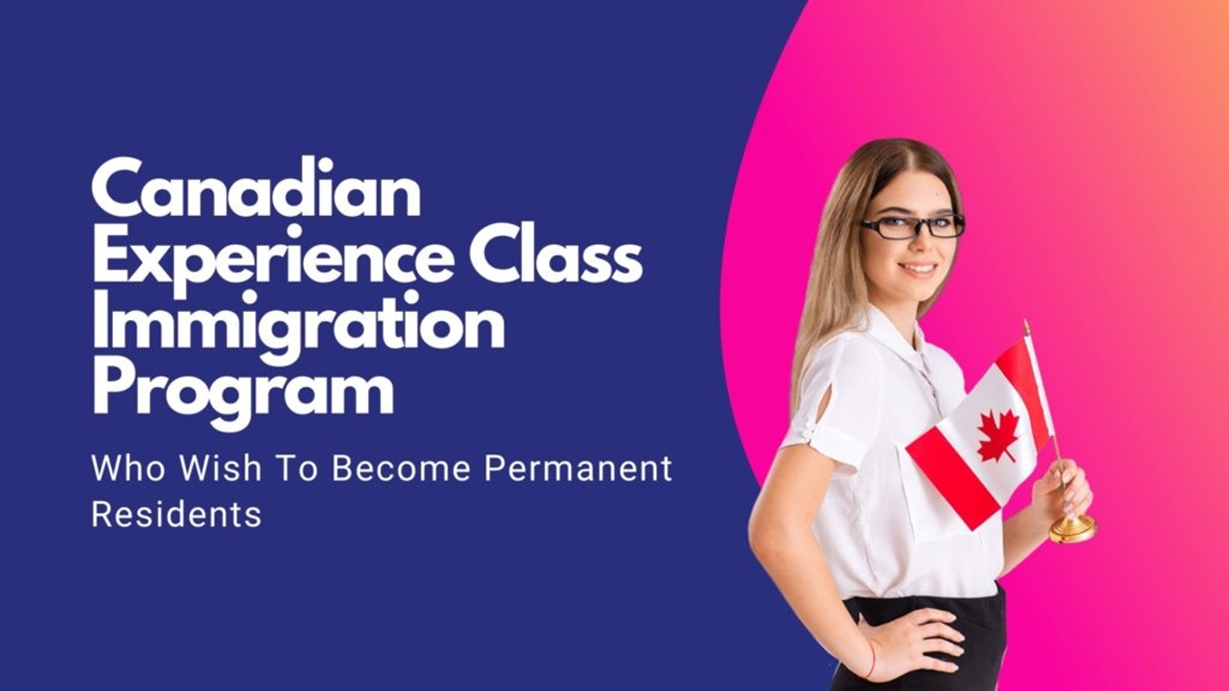

More Economic Immigrants Taking Advantage of (CEC)Fast Track
OTTAWA (by Heather Scoffield, The Canadian Press )- Immigration Minister Jason Kenney plans to hold immigration levels steady next year, but the mix of immigrants will change.
There will be more skilled workers — especially white-collar workers — as will as higher numbers of refugees, parents and grandparents, Kenney told reporters after tabling his 2011 annual report.
But there will be fewer spouses and dependent children, and fewer live-in caregivers, Kenney added — not because Ottawa doesn’t want them, but because they are not coming in numbers as large as in the past.
“It’s a projection,” he explained.
Kenney tabled his 2011 annual report and it shows Ottawa wants to accept between 240,000 and 265,000 newcomers in 2012 — despite pressure from the opposition NDP to gradually raise the levels in order to deal with expected labour shortages in five years’ time.
It’s the same range as this year and in keeping with the annual average of 254,000 over the past few years, Kenney said.
But within that pool, the number of so-called “Canadian-experience class” immigrants will rise to about 7,000, Kenney said That’s up from 6,500 in 2011, and is the highest number ever in that category.
The class targets white-collar workers in certain occupations, many already with experience or education in Canada. It was created in 2008 and the Conservative government believes it has been very successful in attracting immigrants who adapt quickly to Canadian life, find jobs and add to economic growth soon after settling here.
He is also creating a new class of immigrants that will allow up to 1,000 international PhD students a year become permanent residents through the Federal Skilled Workers Program, as long as they have completed at least two years of schooling toward a doctoral degree.
“For immigration to continue to support our economy’s development, it is crucial that we maintain an immigration system that responds to Canada’s economic needs in a timely manner,” Kenney said in the introduction to the 2011 annual report.
But he didn’t raise the level of immigrants because the Canadian public — and the public purse — are not able to digest a higher flow, he said.
“We don’t want to end up with an immigration policy that diverges dramatically with the public’s practical sense of our capacity to integrate folks,” Kenney said.
“We already have very high levels. We just want to make sure that the folks who are coming get and keep good jobs, and they have the capacity to integrate, and that we have the resources to pay for the infrastructure and support required for new immigrants.”
But NDP immigration critic Don Davies said Kenney is being short-sighted by limiting the number of immigrants at a time when the waiting list to get into Canada is growing, and the demand by employers is poised to soar.
“How do we meet that new labour challenge if we are using numbers that are the same as the last five years?” Davies said.
The government could manage to integrate a higher number of immigrants if it put its mind and its money toward such a goal, he added.
Plus, Kenney is also letting down many Canadian families who depend on live-in caregivers to take care of their children, said one group representing families.
The only reason fewer nannies are applying to come to Canada is because families here are finding the immigration program dysfunctional, said Manuela Gruber Hersch of the Association of Caregiver and Nanny Agencies Canada.
She said families are shying away from hiring foreign nannies because recent rule changes mean families pay out thousands of dollars to hire the caregivers, but have no guarantee they will stay at their jobs.
“Canadian families are getting turned off because of the risk factor,” she said.
Kenney is expected to release more details about the mix of immigrants throughout this week, likely focusing on the provincial nominee program that allows provinces to manage inflows of skilled labour to suit their needs.
Kenney said he also plans changes to Canada’s foreign credentials recognition regime.
Ottawa already has fast-tracking systems for eight occupations and will add another six occupations next year, he said.
What are the requirements for becoming a Canadian citizen? To become a Canadian citizen, you…
Writing a letter of invitation doesn’t mean you’re legally responsible for the visitor once they…
As of January 28, 2025, Immigration, Refugees and Citizenship Canada (IRCC) has updated the health…
The Super Visa is a multiple-entry temporary resident visa (TRV), issued with a validity of…
The Super Visa is a multiple-entry temporary resident visa (TRV), issued with a validity of…
If you applied for a new temporary resident visa, or a study or temporary work…